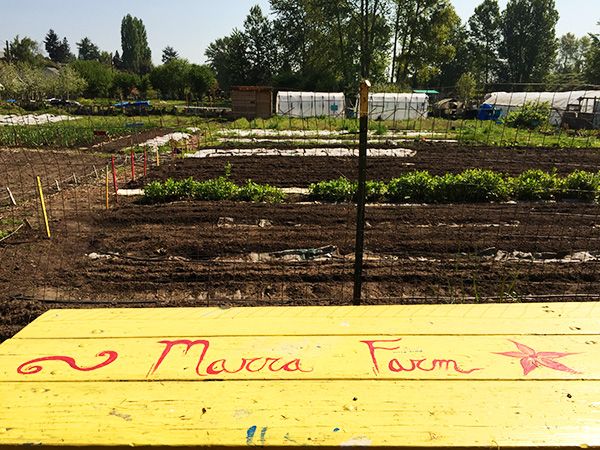The summer heat is right around the corner, and while many of us will be comfortably sleeping under the gentle breeze of our air-conditioners with bellies full of summer treats, many other people this summer will not have enough to eat and may visit local food banks to fill their stomachs. Did you know that 34% of food bank clients in Austin are children or teens, 64% of client households have at least one working adult, 62% of clients who don’t work are disabled, and 93% of food bank clients are not homeless? This means that our neighbors, our co-workers, or our friends could be at risk for not having access to fresh and nutritious foods.
Often when we work in our own gardens, we become attached to our fruits and veggies as if they are our children. “Look how much that squash plant grew just overnight!” or “No!!! I can’t believe caterpillars are eating my entire broccoli!” We become attached because we put a lot of effort into ensuring that these plants grow to production so that we can reap their harvest.
Grow Local wants to challenge our connections to our garden plants to cultivate a more communal – as opposed to purely individual – relationship to our gardens. We are therefore making a Call to Action for all gardeners this summer to grow a little extra and donate to local food pantries, food banks, places of worships, or to friends and families in need.
One way to do this would be to join or start a Giving Garden. Giving Gardens are a place where people grow food to help those who are struggling to feed themselves and their families. Giving Gardens are popping up all over the country. We’d like to highlight the efforts of the Seattle Giving Garden Network, which connects volunteers to gardens that donate all or some of their produce to food banks and those in need. In 2014, the gardens that are a part of this network donated a combined total of 27 tons (more than 54,000 pounds) of fresh, organic, GMO-free produce to food banks, meal programs and shelters. Adding Marra Farm’s 13,450 pounds and the Seattle Community Farm’s 8,112 pounds, that’s a more than 38 tons of produce. If you figure that a generous 1/2 pound of produce makes up one serving, that’s more than 152,000 servings.
If you can’t find a garden in your area that donates to local food banks, consider growing an extra row in your garden that you will donate at the end of the season. There are many organizations that help to connect home gardeners and their extra produce to food banks, but one in particular caught our eye. Plant a Row for the Hungry is a public service program of the Garden Writers Association and the GWA Foundation. Garden writers are asked to encourage their readers and listeners to plant an extra row of produce each year and donate their surplus to local food banks, soup kitchens, and service organizations to help feed America’s hungry. Since 1995, over 20 million pounds of produce providing over 80 million meals have been donated by American gardeners through this program. All of this has been achieved without a government subsidy or bureaucratic red tape – just people helping people.
This summer, and in the future, consider growing an extra row in your garden to donate to those who are in need of fresh fruits and veggies. If you would like a list of local food pantries where you can donate fresh produce, contact Katie Pace, Grow Local Education Coordinator, at 512-220-1083 or Katie@sustainablefoodcenter.org. Also, if you know someone that would like to grow their own food but doesn’t have the means to purchase materials, suggest they join SFC’s Grow Local Spread the Harvest program. Each year, Spread the Harvest provides over 10,000 gardeners with gardening materials. Seeds and fertilizer are available year-around at SFC's office, while plants and compost are distributed twice a year at Resource Give-Away Days.
Finally, share this Call to Action with all of your friends and family that have food gardens. The more people that grow a little extra, the more we can guarantee that fresh fruits and veggies are making their way to those in need.

